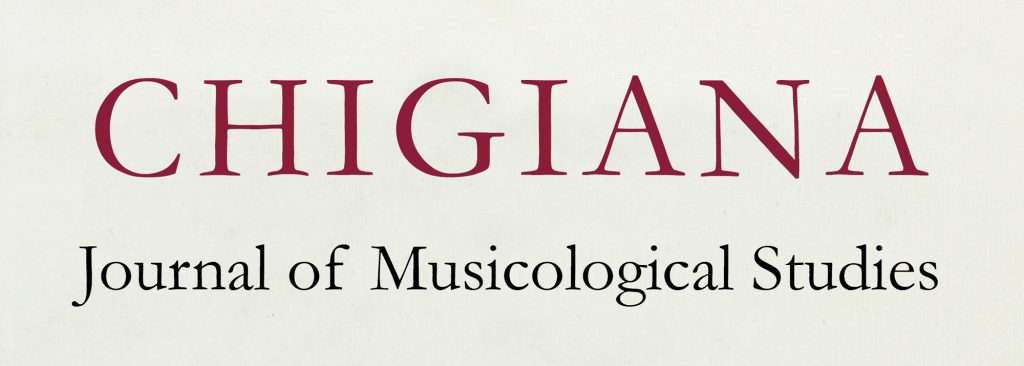
Lorenzo Donati (Conservatorio “B. Marcello” di Venezia)
Polyphonies
In the group of artists and intellectuals who gathered around the planning intuitions of Count Guido Chigi Saracini, interest in polyphonic music seems to have been born almost as a passing of the baton between the Renaissance and the present. It could be understood as an attempt on the part by the last heir of the Renaissance Italian aristocracy to once again play the role which that political and cultural elite had exercised centuries before. This led to the conviction that it was necessary to pursue research paths that had not yet been explored in the middle of the twentieth century. Besides, the combination of musicological research on the sources with the concert performance had to pass through the didactic function and the involvement of the students. According to these lines, studies were carried out in search of the Count’s ‘musical’ ancestors, including Claudio Saracini (1586-1630). This gave raise to the initiative that led to the creation of the Madrigalisti Senesi ensemble.
The interest in polyphony, with a fluctuating but never completely dormant presence, continued in the years following the Count’s death, from the artistic direction of Mario Fabbri in the Sixties to the teaching of Franz Bruggen and Philippe Herreweghe in the last decades of the twentieth century.
Today, thanks to the co-production with the Opera del Duomo, the Accademia Chigiana has a choral ensemble with a variable number of members, which, in addition to fulfilling the main liturgical functions of the Cathedral of Siena, is used in all productions with a polyphonic repertoire, from early music to new works commissioned for the Chigiana International Festival. In this way, the Choir of the Cathedral of Siena “Guido Chigi Saracini” continues and consolidates in the present the link between the investigation on the past and the research of the future of music, which is the basis of the cultural project conceived by Guido Chigi Saracini.
Polifonie
Nel circolo chigiano raccolto intorno alle intuizioni progettuali del conte Guido Chigi Saracini l’interesse per la musica polifonica sembra nascere quasi come un passaggio di testimone fra il Rinascimento e il presente: un tentativo da parte dell’ultimo erede di quella antica aristocrazia italiana di rivestire nuovamente il ruolo che quell’élite politica e culturale aveva esercitato secoli prima. Da qui nasce la convinzione di dover percorrere sentieri di ricerca ancora poco battuti alla metà del Novecento, e l’idea di associare sempre il lavoro musicologico sulle fonti a quello della esecuzione in concerto, passando per la funzione didattica. Su questa linea si innestano gli studi a caccia degli antenati “musicisti” del conte, fra cui Claudio Saracini (1586-1630) e nasce l’iniziativa che porta alla creazione dell’ensemble chigiano dei Madrigalisti Senesi.
L’interesse per la polifonia, con una presenza oscillante ma mai completamente sopito, prosegue poi nelle stagioni successive alla scomparsa del Conte, dalla direzione artistica di Mario Fabbri, all’insegnamento di Franz Bruggen e Philippe Herreweghe.
Oggi, grazie alla coproduzione con l’Opera del Duomo, l’Accademia Chigiana è dotata di una formazione corale ad organico variabile che, oltre a adempiere alle principali funzioni liturgiche della Cattedrale di Siena, viene impiegata in tutte le produzioni che prevedono un repertorio polifonico, spaziando dalle musiche antiche alle nuove opere commissionate per il Chigiana International Festival. In questo modo, il Coro della Cattedrale di Siena “Guido Chigi Saracini” ricuce e consolida al presente l’anello fra l’indagine sul passato e la ricerca sul futuro della musica, che è il fondamento del progetto culturale ideato da Guido Chigi Saracini.
